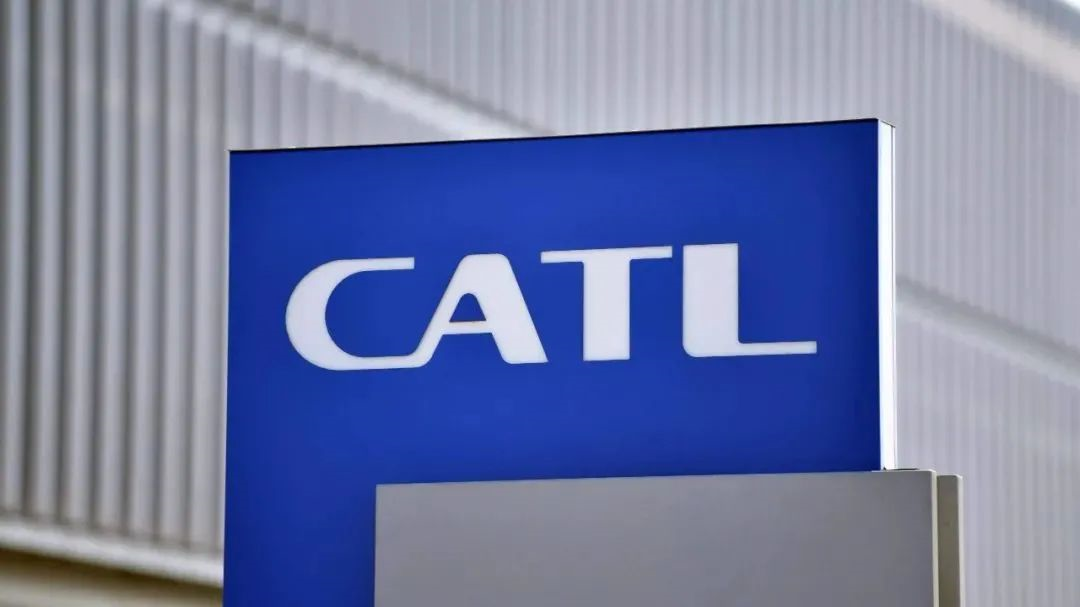Author: Michelin
Not long ago, when we were attending the Aevita conference at the GeekCar office, which was supported by three giants, Chang’an, CATL, and Huawei, Wang Tupu asked: “With so many companies crossing over into the automotive industry, do you think CATL will end up making cars?”
“Why make cars? Aren’t they all helping sell CATL’s batteries?” I replied without thinking.
At last week’s 2022 World Battery Conference, Zeng Qinghong, Chairman of GAC Group, jokingly said, “Isn’t that me working for CATL?” since the cost of batteries accounts for 40%, 50%, or 60% of a car’s cost.
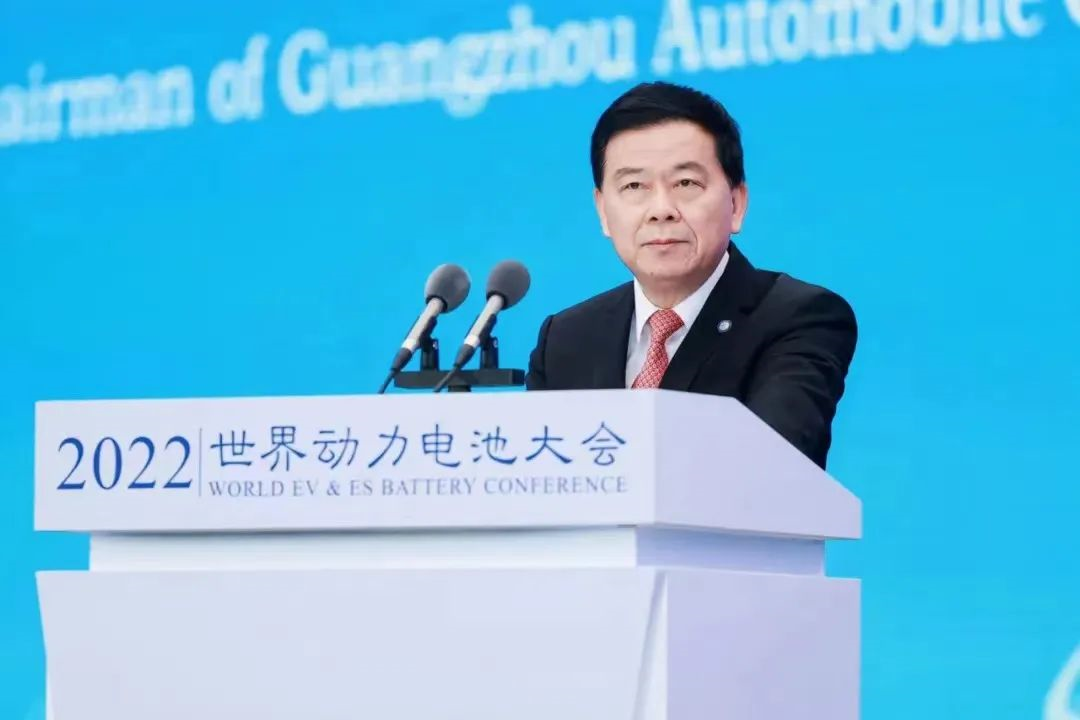
Although this sounds like a joke, according to the latest data, CATL’s battery accounts for 34% of the world’s battery market, an increase of 9% from last year. This means that for every three new energy vehicles on the road, one of them is equipped with CATL’s battery, which truly justifies CATL’s reputation as “King of Batteries.”
As car manufacturers complain, CATL scientists, including Chief Scientist Wu Kai, are also struggling on the margins of what they consider to be a “somewhat profitable” business.
On the one hand, people are working for others, and on the other hand, they are struggling on the edge of profitability. As the Battery Conference turns into a “complaint convention,” the root cause is the fervent demand for batteries. In July of this year, the number of new energy vehicles in China officially exceeded 10 million, and the market share of new energy vehicle sales exceeded 20% per month, leading to an explosive demand for batteries.
As the saying goes, “With great popularity comes a lot of criticism.” To sit on the throne of the golden age of batteries, opportunities and controversies coexist.
“The whole world has long been troubled by raw materials.”
There is a joke circulating online: “The world is tired of King CATL.” The joke comes from carmakers who are plagued by rising battery prices and production constraints. Zeng Qinghong’s comments seem to have given this joke a new lease of life.
However, CATL doesn’t want to take the blame for this. Dr. Robin Zeng, the founder and chairman of CATL, pushes the blame upstream to raw materials: “The speculation in upstream raw materials has caused short-term problems in the industry chain.“
During the first half of this year, raw materials such as lithium carbonate, PVDF, and lithium hexafluorophosphate experienced a surge in prices within a year. Consumers may have never felt the effects of rising raw material prices on car purchases as intensely as now: The upstream increase in raw materials prices passed on to battery manufacturers such as CATL, which then passed on to automakers such as GAC, and finally manifested as rising prices for new energy vehicles, which passed on to consumers.
Therefore, if we have to find a “culprit” for this “grievance convention,” it might be raw materials.Hey, “good raw materials are hard to come by.” Even Musk has set his sights on lithium mining. It’s all because of the raw materials.
Regarding raw material issues, what everyone is more concerned about is: “Will prices continue to rise? Will prices drop in the second half of the year? And most importantly, after the price of lithium ore drops, can our new energy vehicles return to their original prices?”
For the extremely priced lithium carbonate and other raw materials, Dr. Zeng Yuqun stated that the proven lithium reserves are “completely sufficient to produce power batteries and energy storage batteries needed globally.”
At present, the proven lithium resource reserves can produce 160TWh of lithium batteries. What’s the concept? The global shipment of lithium batteries was about 335GWh in 2021. 160TWh = 160*1000GWh. With this comparison, it seems that lithium materials are not so scarce.
Even Musk said at a previous earnings call that the scarcity of lithium mines today is not due to the shortage of raw materials, but to the high-precision lithium mines required for high-standard and demanding power batteries. This is why Tesla has decided to enter the refining industry of lithium, and it has become the reason for the rise and shortage of raw materials.
Moreover, power batteries are not like oil, which is used up after use. How to recycle and reuse some of the raw materials in the battery has always been a problem.
This has led to a new “war of words”: Tianqi Lithium Industry recently questioned that “recycling 90% of lithium is only theoretically possible and cannot be recycled and reused on a large scale in commercial applications.”
In response, a relevant person in charge of CATL said, “Welcome to visit Guangdong Bangpu to see advanced mass production technology.” Guangdong Bangpu is a holding subsidiary of CATL.
Since CATL is quite confident in its own lithium battery recycling technology, we hope to see the recycling and reuse of retired battery materials in more mass-produced batteries as soon as possible.
In the world of power batteries, innovation is needed to respond to changes.
About nine years ago, the first batch of public charging piles and leasing pilot of electric vehicles landed at our school in Beijing. As a student, I and my classmates were eager to experience it, but we were deterred by the range of about 100 kilometers. After all, we couldn’t even make it to and from the suburbs.In the few months leading up to 2012, CATL (Contemporary Amperex Technology Co. Limited) achieved large-scale production of 811 batteries, becoming the first company in the world to do so.
At that time, I couldn’t have imagined that the range of electric vehicles would increase by 6 to 7 times in just a few years, with 600km+ becoming the standard for vehicles in production, and 1000km, if cost and performance were not considered, becoming attainable thanks to rapid progress in battery technology.
At the Battery Show, Dr. Robin Zeng Yuqun, founder and chairman of CATL, described the challenges of the electric vehicle era, with user needs ranging from short-range to long-range, from safe to even safer, from fast charging to ultra-fast charging. “The world is changing, and people’s needs for electric vehicles are changing. The only constant is to continually innovate to meet these evolving needs.”
The evolution of power batteries is like the martial arts of the Huashan sect, with one camp focusing more on the “internal skills” of chemical properties within the battery core to improve performance, and the other camp more on optimizing the external form through production processes and structures to improve battery performance.
The former focuses on material innovations, finding the perfect balance points between each element in the material system and the positive and negative electrodes, electrolytes, and diaphragms through chemical calculations, algorithms, and data analysis. Only then can breakthroughs in materials like sodium-ion batteries and M3P batteries bring about improved energy density.
The latter focuses on structural innovations, optimizing the internal structure of the battery to improve performance. For example, the recently released CTP 3.0 Kirin battery, the AB battery structure proposed last year when sodium-ion batteries were introduced, and the CTC integrated intelligent chassis technology that many companies are competing to develop… all of these innovations improve energy density through new battery module and battery core layouts.
Continuous investment in R&D is the reason for the constant innovation that has increased the range of power batteries by 6 to 7 times over the past decade. According to CATL, 6-7% of annual revenue is invested in R&D. For comparison, Tesla’s research and development expenditures in 2021 accounted for 5% of its revenue, with its per-vehicle R&D investment of $2,984 ranking first among all car manufacturers.
Comparing the investment in vehicle research and development with that in battery technology seems unfair as they are not in the same field. However, this kind of comparison makes it clear how big the “research and development investment pit” is for car manufacturers trying to participate in battery research and manufacturing as more and more companies are attempting to do so.
In the TWh era, what is the moat?
In July of this year, the number of new energy cars in China officially exceeded 10 million. It is estimated that global demand for power batteries will reach 400GWh next year, and will exceed 1000GWh, or 1TWh, by 2030, entering the TWh era.
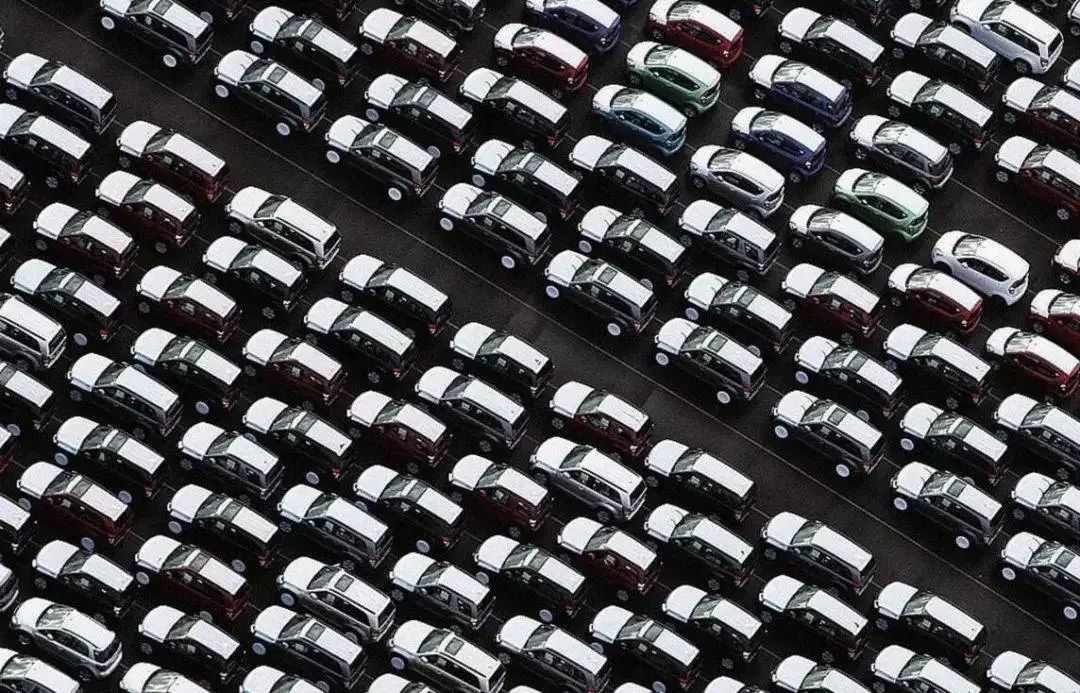
As the power battery cake gets bigger, the landscape is also changing. At the Power Battery Conference, Guangzhou Automobile Group Chairman Zeng Qinghong mentioned a trend of “backward integration”, where all parties are reaching for upstream suppliers to ensure the controllability of power battery demand and cost, such as car manufacturers attempting to independently research and develop batteries, co-build, or even self-build battery production lines, or battery suppliers attempting to participate in lithium mining and refining.
Faced with more and more entrants, what is the core competitiveness for power battery companies?
Firstly, it is to respond to consumers’ higher demands for research and development capabilities, which is the innovation capability mentioned earlier. Through continuous technical innovation, the performance of power batteries for new energy vehicles can be improved, including range, safety, charging and discharging efficiency, etc.
Secondly, it is to meet the higher requirements for manufacturing capabilities under large-scale delivery. In recent years, the demand for power batteries has grown by 20% annually, and the pressure on product quality and reliability under large-scale delivery is self-evident.
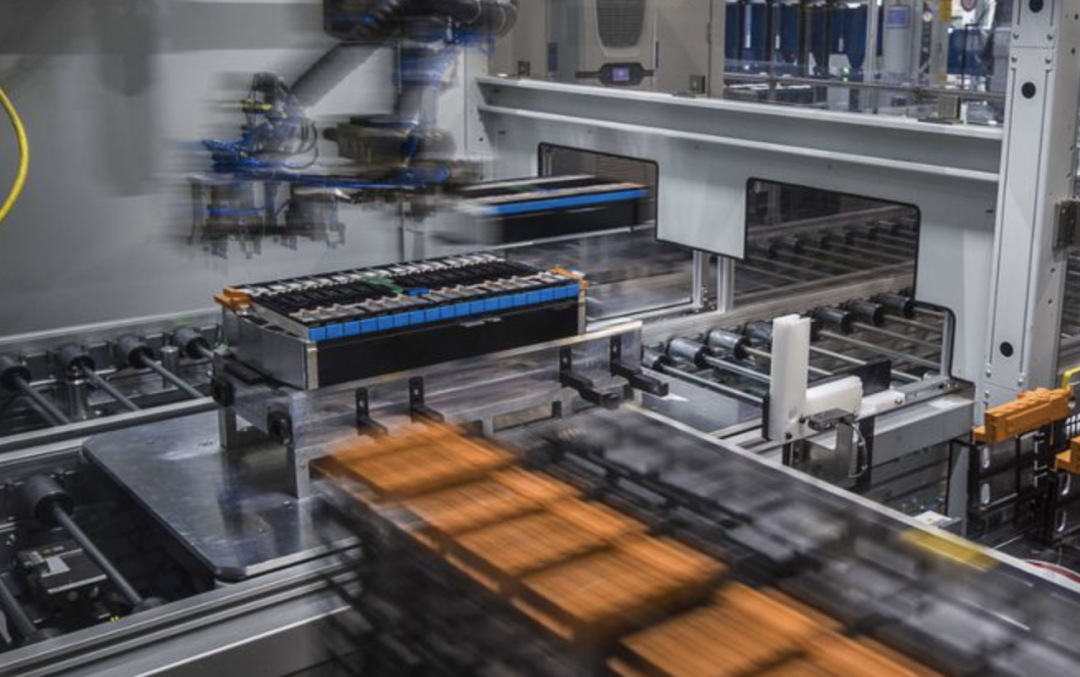
Thirdly, it is to meet the higher requirements for service capabilities brought about by the industry’s deepening development. Taking CATL as an example, in the past year, it has tried many new business models outside of battery manufacturing, such as participating in new car brands such as Avita, launching the EVOGO battery swapping service brand, and so on. These new attempts require new exploration of service capabilities.
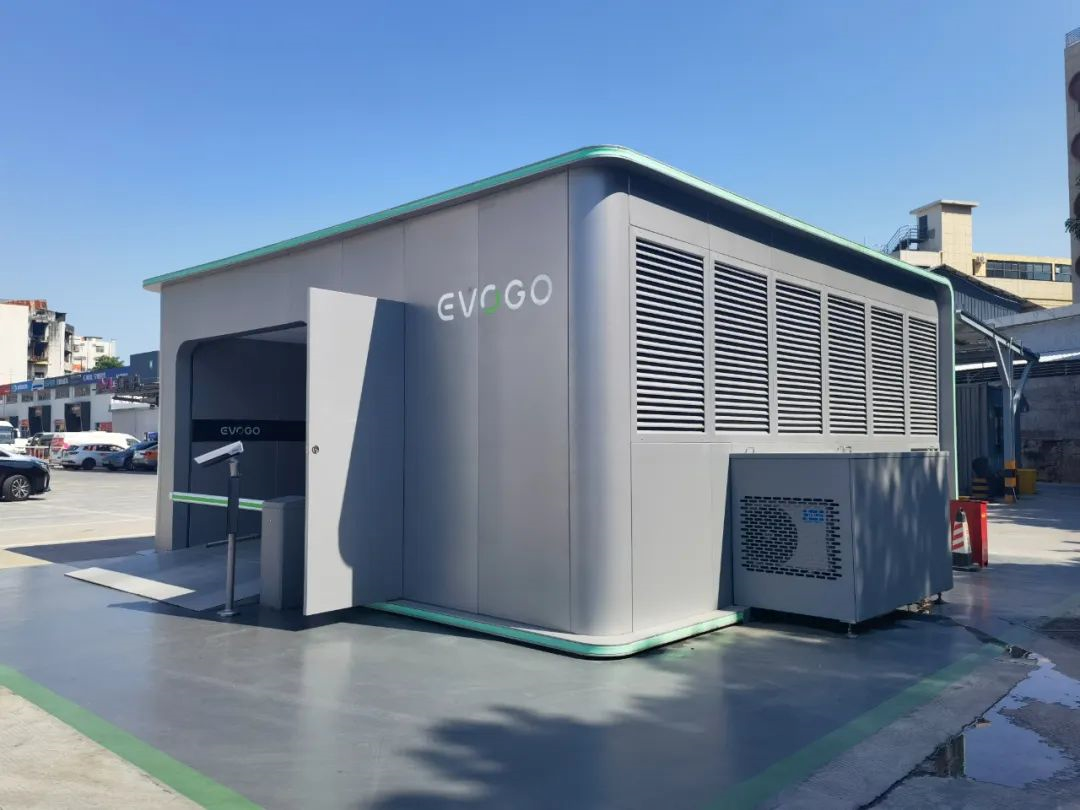
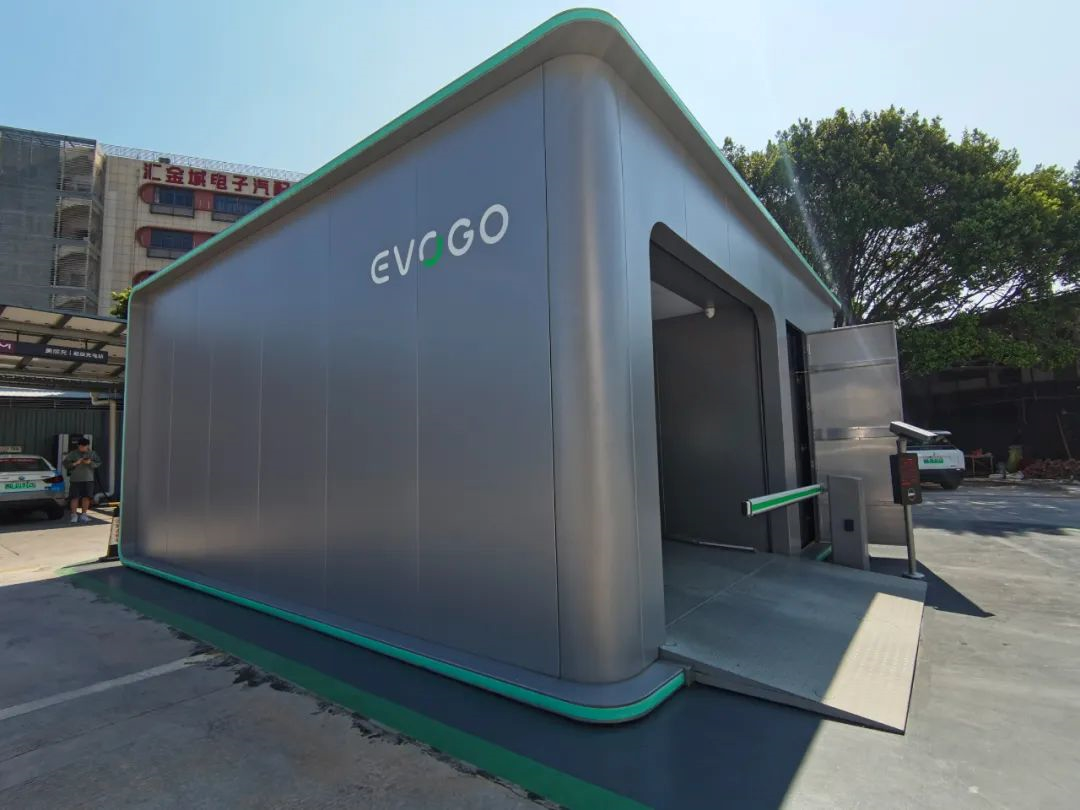 Facing competition, it is necessary for CATL to establish a moat by continuously investing in R&D to promote its products, measuring the large-scale delivery of products against the eternal benchmark of the manufacturing industry, and expanding business possibilities with new services. This is not only what CATL needs to establish, but also the problem faced by more and more car manufacturers who invest in battery R&D and manufacturing.
Facing competition, it is necessary for CATL to establish a moat by continuously investing in R&D to promote its products, measuring the large-scale delivery of products against the eternal benchmark of the manufacturing industry, and expanding business possibilities with new services. This is not only what CATL needs to establish, but also the problem faced by more and more car manufacturers who invest in battery R&D and manufacturing.
Finally
If we turn back time 15 or 20 years ago, it would be unimaginable that there would be such a debate among domestic car manufacturers and suppliers about engines. Nowadays, this debate is happening on power batteries. Ultimately, it is because both CATL and Chinese new energy vehicle manufacturers have entered the center stage of the world’s power battery industry.
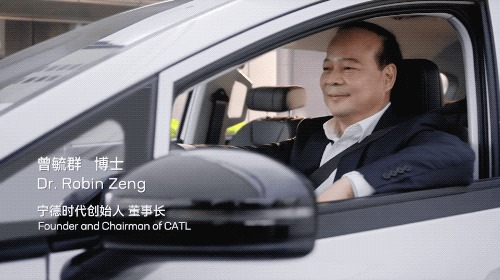
This power battery conference, rather than a criticism conference, is a microcosm of the golden age of power batteries, and I am fortunate to witness the development of domestic power batteries from inception to now as a bystander.
Under this microcosm, can “The King of Ningde” successfully guard the title, and can new-comers break the pattern?
This article is a translation by ChatGPT of a Chinese report from 42HOW. If you have any questions about it, please email bd@42how.com.
